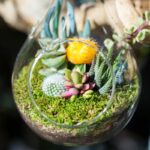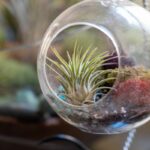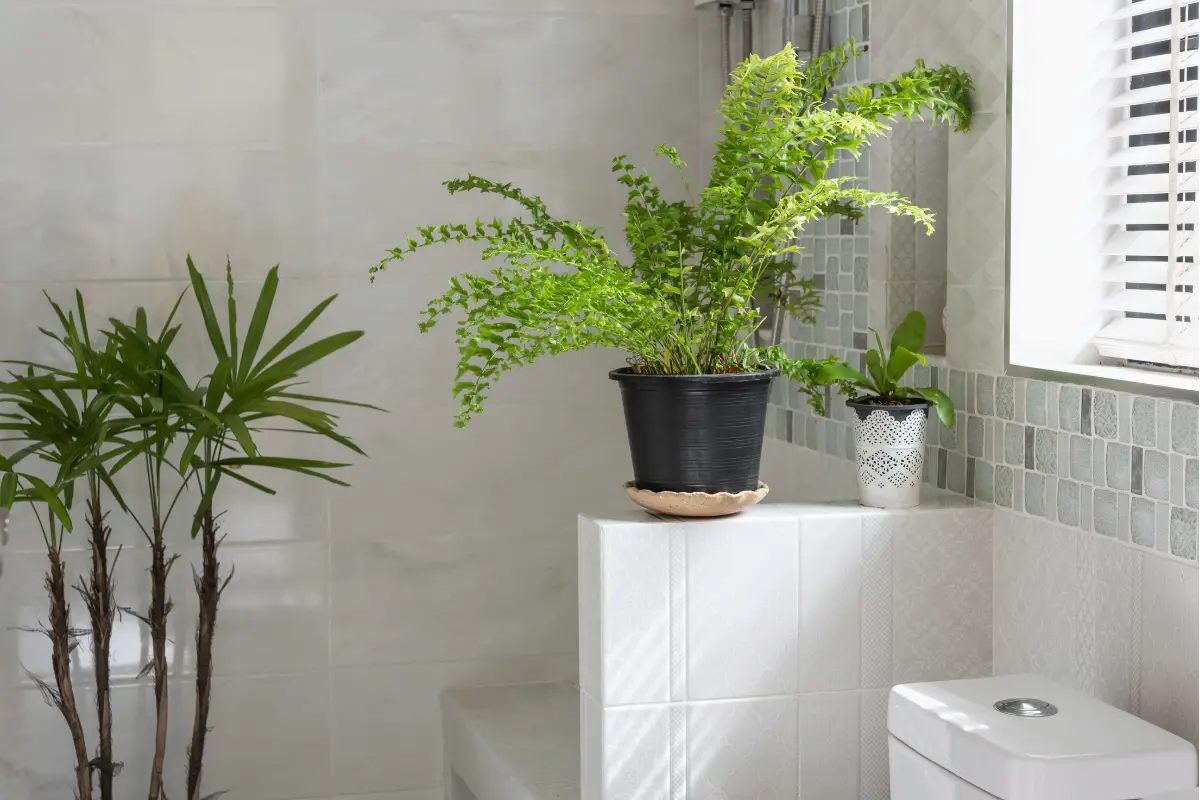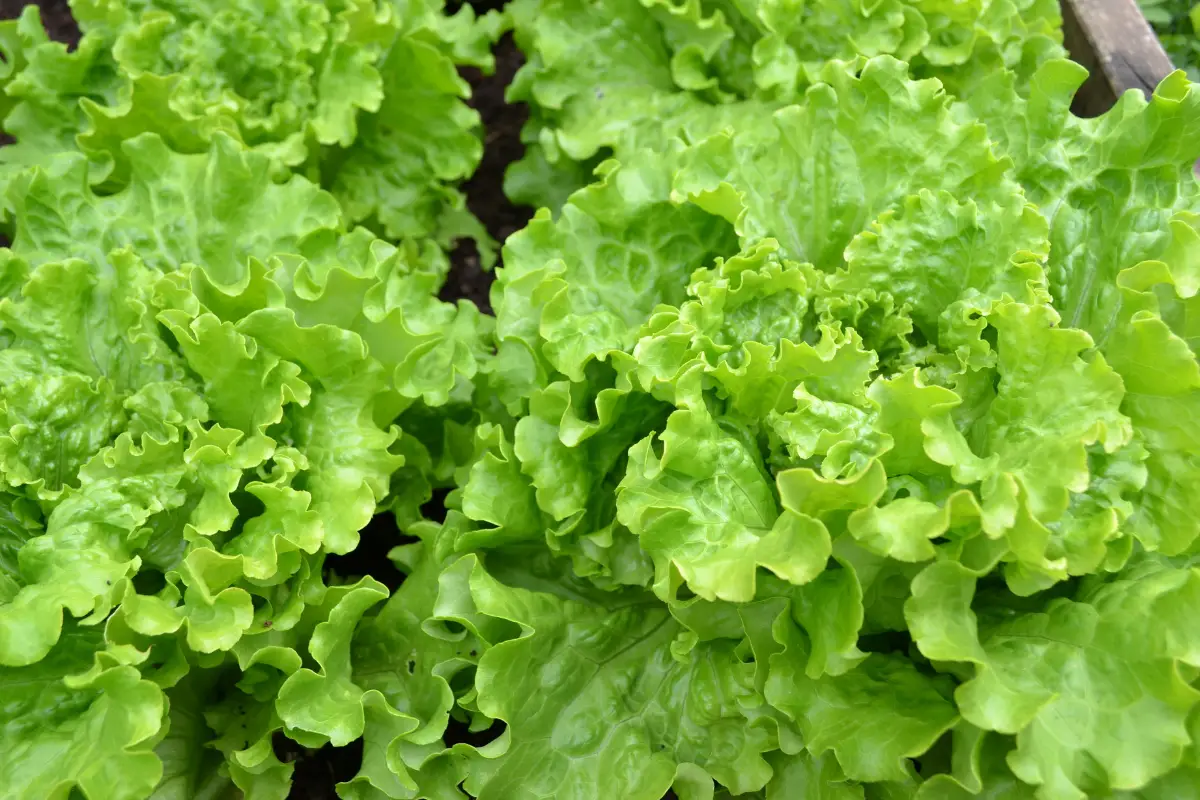A terrarium is a unique and beautiful way to bring nature into your home. It’s a closed ecosystem that can provide a unique habitat for plants and animals.
However, for a terrarium to be successful, it’s essential to provide the right environment, including proper hydration.
In this article, we will discuss the importance of water in a terrarium and the various factors that affect it.
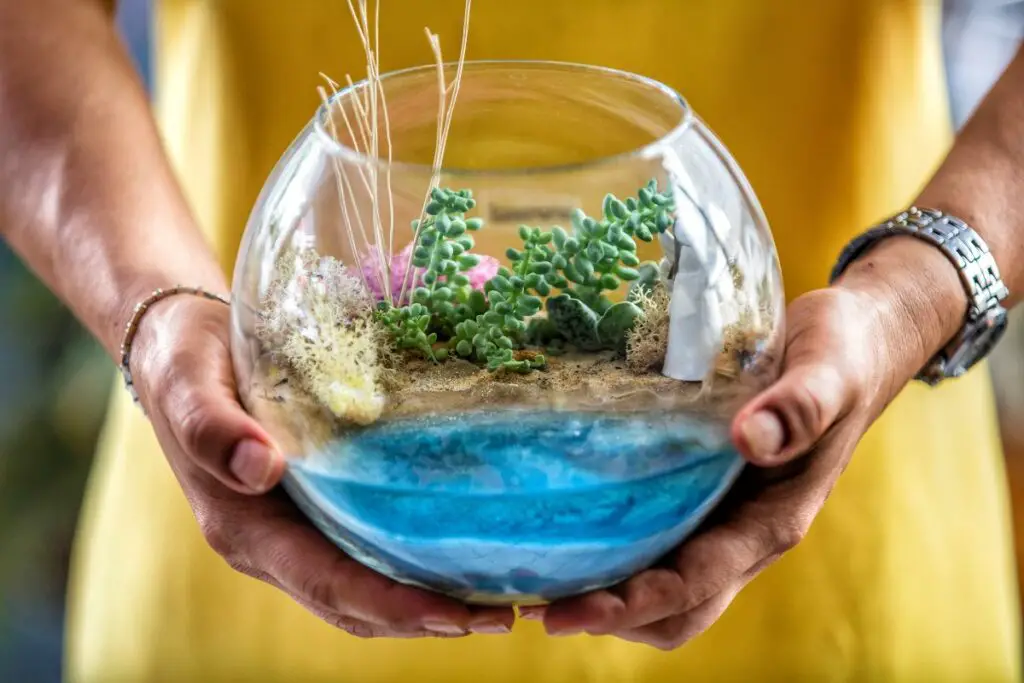
Table of Contents
Understanding the Terrarium Ecosystem
A terrarium is a small, enclosed environment that mimics the natural habitat of plants and animals.
It’s a self-sustaining system where plants and animals interact with each other and their environment to create a balanced ecosystem.
To maintain this balance, it’s essential to provide the right conditions, including adequate hydration.
The Role of Water in a Terrarium
Water is a critical component of the terrarium ecosystem. It’s essential for the growth and survival of plants and animals. It provides the necessary moisture for plants to photosynthesize and produce food.
Water also helps regulate the temperature and humidity levels in the terrarium, which are crucial for maintaining a healthy environment.
Factors that Affect the Availability of Water in a Terrarium
There are several factors that can affect the availability of water in a terrarium, including:
Light
Light is essential for the growth of plants in a terrarium, but it can also affect the amount of water available. Plants that receive too much light will lose more water through transpiration, which can lead to dehydration.
On the other hand, too little light can also be a problem because it slows down photosynthesis, which can result in reduced water intake.
Ventilation
Ventilation is important for maintaining proper air circulation and temperature in the terrarium, but it can also affect the amount of water available.
Good ventilation can reduce the humidity levels in the terrarium, which can lead to dehydration. On the other hand, poor ventilation can lead to high humidity levels, which can promote mold growth and create a damp environment.
Soil
The type of soil used in the terrarium can also affect the availability of water. Some soils are more porous and absorb water better, while others are more compact and retain water.
It’s essential to choose the right type of soil to provide proper hydration for the plants and animals in the terrarium.
Prices pulled from the Amazon Product Advertising API on:
Product prices and availability are accurate as of the date/time indicated and are subject to change. Any price and availability information displayed on [relevant Amazon Site(s), as applicable] at the time of purchase will apply to the purchase of this product.
Plants
The type of plants in the terrarium can also affect the availability of water. Some plants require more water than others, and it’s essential to choose plants that are compatible with the other elements in the terrarium, including the soil and lighting conditions.
Maintaining Proper Hydration in a Terrarium
To maintain proper hydration in a terrarium, it’s essential to provide the right conditions, including:
- Adequate lighting: Provide the right amount of light to promote photosynthesis and prevent excessive transpiration.
- Proper ventilation: Ensure proper air circulation to prevent high humidity levels and mold growth.
- The right soil: Choose the right type of soil to provide proper hydration for the plants and animals in the terrarium.
- The right plants: Choose plants that are compatible with the other elements in the terrarium, including the soil and lighting conditions.
What should I do if my Plants in the Terrarium are not getting enough Water?
If your plants are not getting enough water, you may need to adjust the lighting, ventilation, soil, or plant selection to ensure proper hydration. You may also need to water the plants more frequently or provide a misting system to increase the moisture levels in the terrarium.
In conclusion, water is an essential component of a successful terrarium, and understanding the importance of hydration and the factors that affect it is key to creating a thriving ecosystem for your plants and animals. With proper care and attention, your terrarium can be a unique and beautiful addition to your home.
How often should I Water my Terrarium?
The frequency of watering your terrarium depends on several factors, including the type of plants, the size of the terrarium, and the lighting and ventilation conditions. As a general rule, you should check the soil moisture levels regularly and water the plants as needed.
Conclusion
In conclusion, water is a critical component of the terrarium ecosystem. It’s essential for the growth and survival of plants and animals and helps regulate the temperature and humidity levels in the terrarium.
To maintain proper hydration, it’s essential to provide the right conditions, including adequate lighting, proper ventilation, the right soil, and the right plants.
By understanding the importance of water in a terrarium and the factors that affect it, you can create a balanced and thriving ecosystem for your plants and animals.
Witch Terrarium Decor: Adding a Touch of Magic to Your Home
Witch Terrarium Kit: How to Building Your Very Own Enchanted World
Terrarium Guide: Which Plant is Best for a Terrarium?
- How to Build a Planter Box for Bamboo: A Step-by-Step Guide

- Can Robotic Lawnmowers Handle Steep Slopes?

- Do You Need a Specific Lawn for a Robotic Lawnmower? Expert Advice

- Are Robotic Lawnmowers Safe for Pets and Children? Safety Features of Robotic Lawnmowers

- Why Use Robotic Lawnmowers? Advantages of Using a Robotic Lawnmower

- Is the GARDENA SILENO City 300 Cordless or Corded? A Clear Answer











